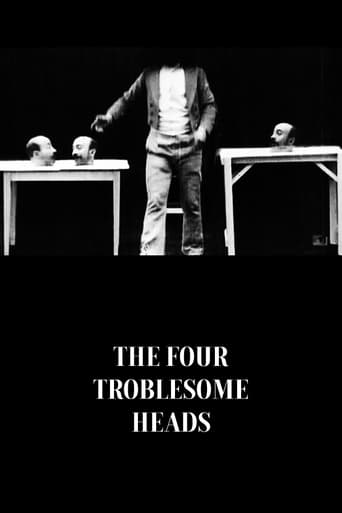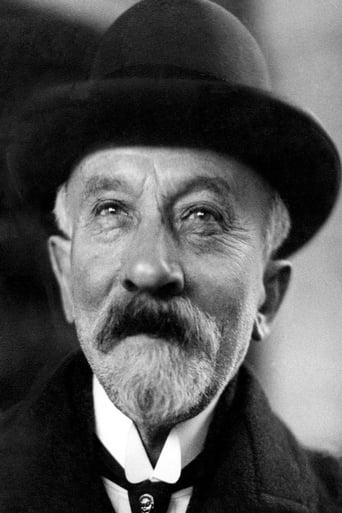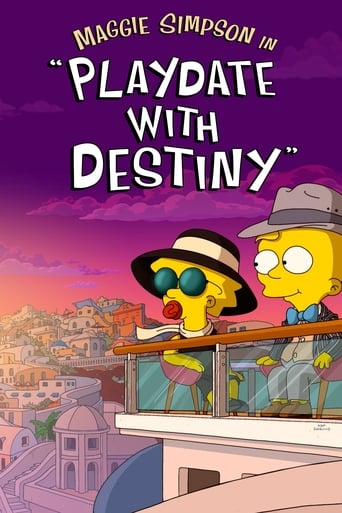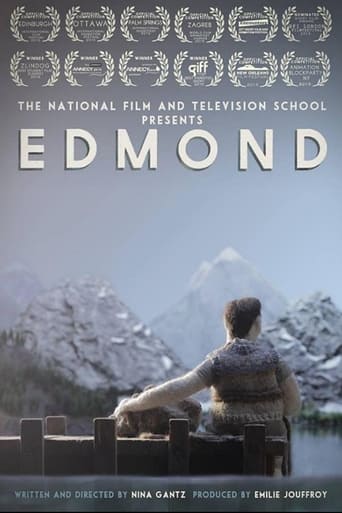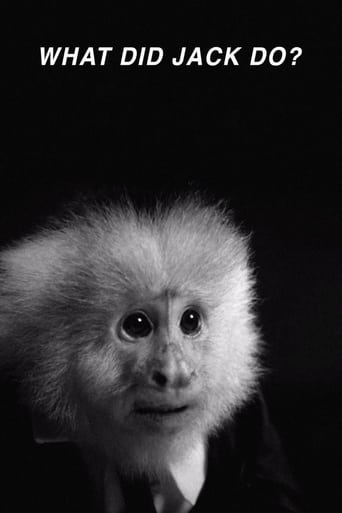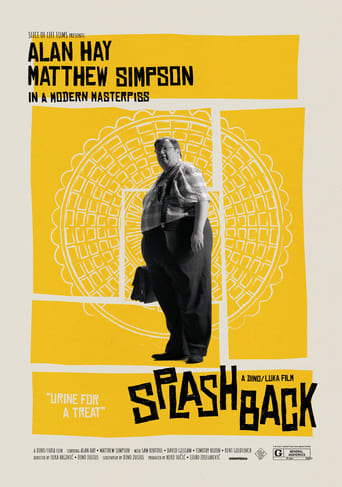The Four Troublesome Heads (1898)
One of the greatest of black art pictures. The conjurer appears before the audience, with his head in its proper place. He then removes his head, and throwing it in the air, it appears on the table opposite another head, and both detached heads sing in unison. The conjurer then removes it a third time. You then see all three of his heads, which are exact duplicates, upon the table at one time, while the conjurer again stands before the audience with his head perfectly intact, singing in unison with the three heads upon the table. He closes the picture by bowing himself from the stage.
Watch Trailer
Free Trial Channels
Cast


Similar titles
Reviews
Good story, Not enough for a whole film
Good idea lost in the noise
It's fun, it's light, [but] it has a hard time when its tries to get heavy.
It is interesting even when nothing much happens, which is for most of its 3-hour running time. Read full review
This film is a very early example of special effects wizardry. Considering that it was made in the 19th century, its only fair to say that it holds up very well. Most people can work out now how the effects were achieved but that's irrelevant, as they are done so well. George Melies took a diametrically opposite approach to cinema to the Lumiere brothers. Both were pioneers but the latter saw the new medium as a way of capturing reality, while Melies realised early on that it was perfect for creating the impossible. As a result, Melies movies remain imaginative and entertaining to this day, while the Lumiere films retain historical significance but aren't too interesting otherwise. In this sense Melies is the true forefather of the movies, while the Lumieres are essentially the first documentarians.In The Four Troublesome Heads we have another magic show. Melies plays a character who removes his head several times. The squabbling heads then sing a song. It's basic but cleverly done. And, taking into account the year it was made, it's pretty out there.
Georges Melies was a stage magician before turning to film, so it's no surprise that he plays a stage magician. But in his films, Georges does what no stage magician could possibly do.In "Un homme de tete", Melies repeatedly takes his head off and grows a new one three times, then gets out a banjo and sings a quartet with bodyless selves. The fluidity and aplomb with which he performs is nothing short of remarkable.While many early films are primarily interesting for their historical value, Melies' transcend mere museum pieces. Like Buster Keaton's silent films, they are timeless and retain their charm -- in this case, well over 100 years later.
Early French filmmaker Georges Méliès is universally known as a pioneering cinematic visionary, courtesy of the phenomenal success of his most famous film, 'Le Voyage dans la lune / A Trip to the Moon (1902).' However, the director's undeniable genius is also apparent in many of his earlier, lesser-known shorts, most running less than one minute in length. Throughout the 1890's, most filmmakers had only exploited the cinematic medium for experimental or documentary purposes, capturing images of everyday objects or situations. Méliès, a magician by trade, saw things much differently. He imagined cinema being used to translate the impossible onto screen, to surprise and baffle the audience, to transport them into a world unlike their own. His 'Un homme de têtes / The Four Troublesome Heads' of 1898 is an absolute gem, and an incredible exhibition of how far Méliès was ahead of his time in terms of visual effects.The film begins when a magician (as always, played by Méliès himself) appears on stage and, remarkably, removes his own head. When he places the singing head onto the table, a new one suddenly appears on the his shoulders, and the magician and the head interact with each other, with the former scrambling beneath the table to prove to the audience that he is not playing a cheap magical trick on them. The magician repeats this stunning feat twice more, until there are three enthusiastically singing Méliès heads sitting on the table, and the intact magician entertains them with his banjo.Probably the first use of split-screen in cinema history, the visual effects in 'Un homme de têtes' are nothing short of remarkable. The countless uses of split screen, dissolves and double exposures blend seamlessly into the finished product, convincingly passing itself off as having been filmed in a single take. The director's extraordinary on screen charisma is once again on show for all to see, and you can certainly tell that he was formerly a magician; his vibrant enthusiasm for the performance is almost infectious. There's also the sheer casualness with which Méliès removes his own head, as if it's nothing at all to him. Despite already knowing that an exceptional amount of work must have gone into producing the film, somehow it is all made to seem so easy almost like magic.
I must agree with Méliès' granddaughter's description of this film. While there isn't really a plot, the film exudes pure genius in its construction. Although it looks like a single 55-second scene, the film actually combines dozens of snippets of performances and does so amazingly fluidly. The effects in this film could easily be done today using computer graphics, but would have been difficult to achieve before the 1990's. And yet Méliès was able to pull them off almost a century before that.Although Méliès would later go on to produce some dramatic films, the most famous being his "Trip to the Moon", the pacing and energy of his later works generally fall far short of what he exhibits here. Further, while many of his later films have at least some noticeable mismatch edits or other problems, his technique on this film is perfect. Absolutely amazing.

